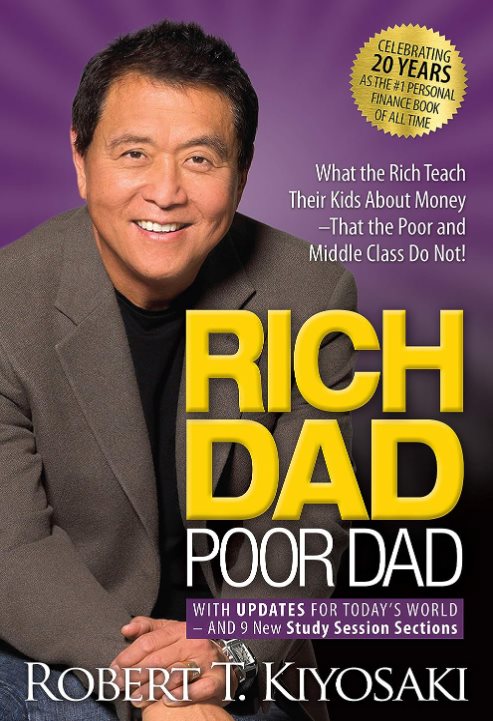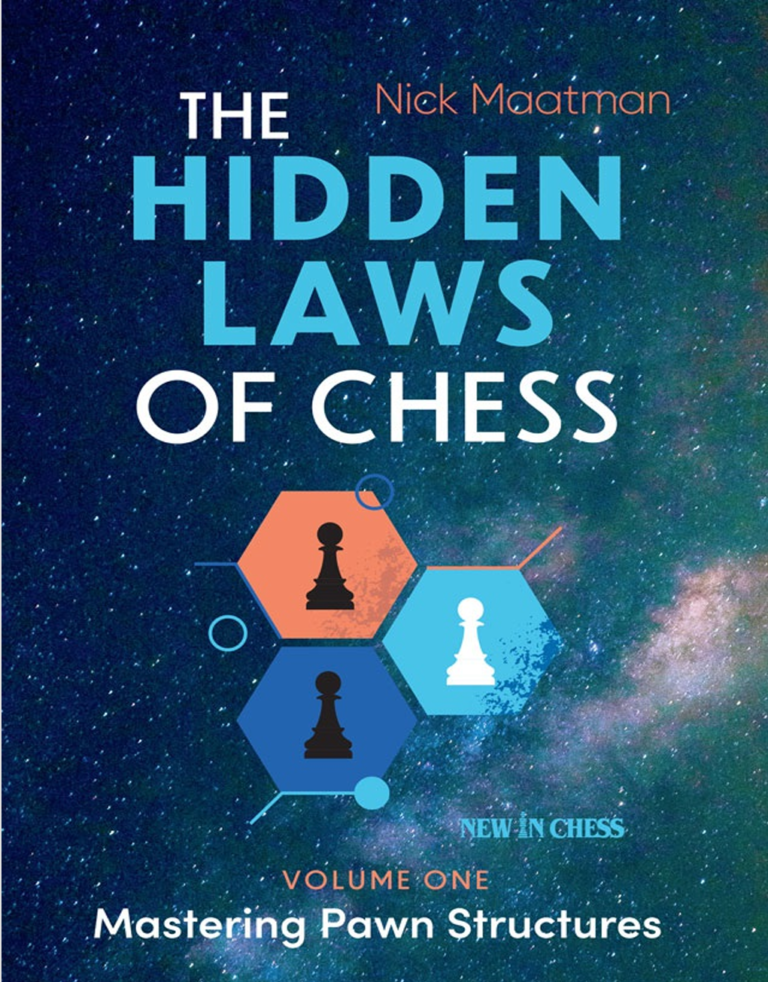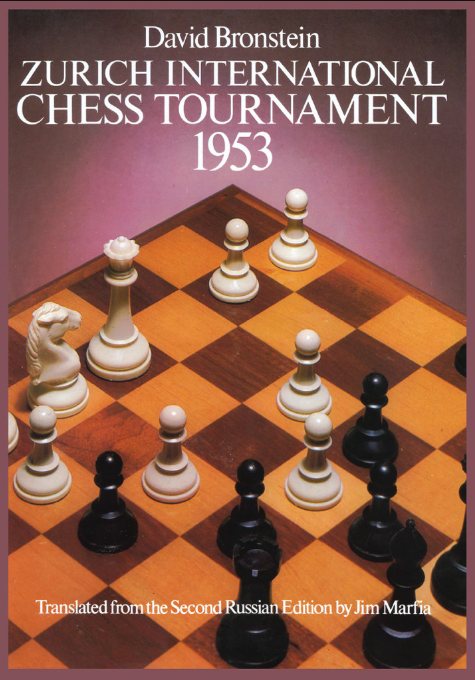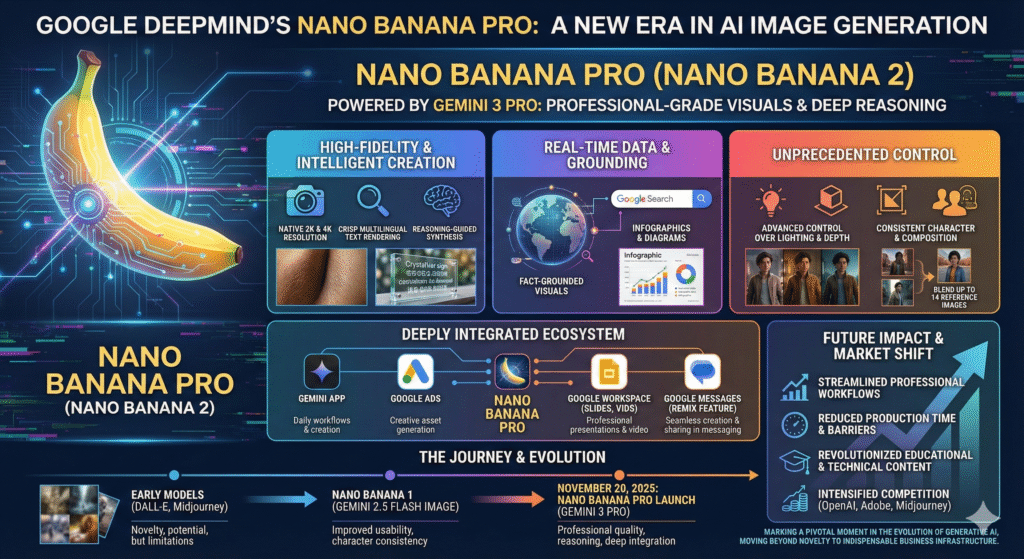
Robert Kiyosaki’s book, “Rich Dad, Poor Dad,” draws on Kiyosaki’s personal experiences with his own father and the father of his best friend, one wealthy and one struggling financially. Through a series of anecdotes, Kiyosaki contrasts the philosophies and approaches to money that each man instilled in him and his best friend. The book argues that conventional education fails to prepare people for financial success and instead emphasizes the importance of understanding the difference between assets and liabilities, acquiring assets that generate income, and developing financial intelligence through personal initiative and self-education. Kiyosaki asserts that the rich have a distinct mindset and set of rules that enable them to build wealth and encourages readers to adopt similar strategies to achieve financial independence.
- This book, co-authored by Robert Kiyosaki and Sharon Lechter, challenges traditional beliefs about money and advocates for financial literacy as the key to building wealth. The central theme revolves around the contrasting financial philosophies of Kiyosaki’s two fathers: his highly educated but financially struggling biological father (poor dad), and his friend’s father, a successful entrepreneur (rich dad).
- One of the most important lessons emphasized is the distinction between assets and liabilities. An asset is something that puts money in your pocket, while a liability takes money out. The authors argue that the path to wealth lies in acquiring assets and minimizing liabilities.They criticize the middle class for buying liabilities, such as houses and cars, that they mistakenly believe are assets.
- The book stresses the importance of “minding your own business,” which means focusing on building your asset column rather than solely relying on a job for income. The authors encourage readers to develop financial intelligence, which combines skills in accounting, investing, marketing, and law. [12]
- “Rich Dad, Poor Dad” also explores the history of taxes and the power of corporations. The authors argue that the rich use corporations to legally reduce their tax burden and protect their assets. The book highlights the importance of financial education for children, as it provides them with the tools to navigate an increasingly complex financial world.
- Through anecdotes and simple diagrams, Kiyosaki and Lechter explain fundamental financial concepts, making them accessible to a wide audience.They also emphasize the importance of overcoming obstacles, such as fear, cynicism, and laziness, that can hinder financial success.
- The authors encourage readers to develop their financial genius and to seek out opportunities to make money work for them rather than spending their lives working for money. “Rich Dad, Poor Dad” promotes a mindset shift that prioritizes financial freedom and challenges conventional wisdom about wealth creation







